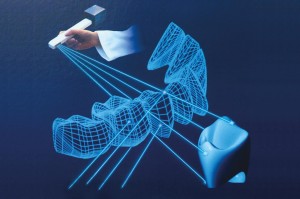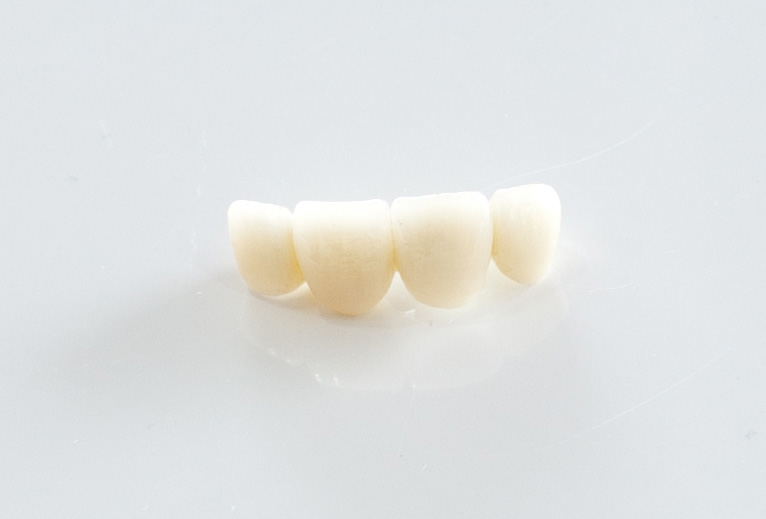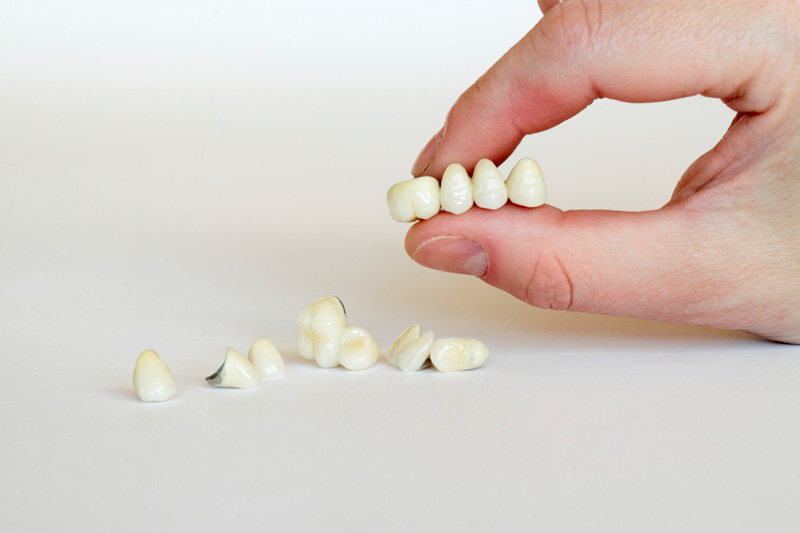
Digital Dentistry refers to a digital workflow process involving the use of 3D Computed Tomography (CT) scanner, 3D treatment planning software, 3D Printer, 3D intra-oral scanner and Computer-Aided Design/Computer-Aided Manufacturing (CAD/CAM) technology in the field of dentistry.
Bridge

If you have an unsightly space due to missing tooth (teeth), Bridges can help to restore your smile and also dental function. It is not only naturally pleasing but can be long-lasting too....
Full Mouth Rehabilitation

Full Mouth Rehabilitation is the recreation of every tooth in the mouth. This can include broken, chipped and excessively worn teeth.